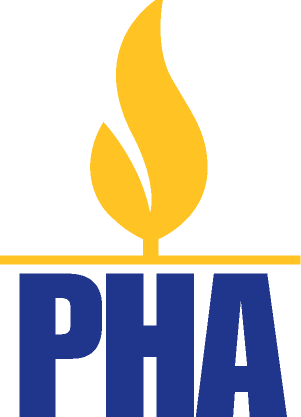 April is Donate Life Month, which celebrates the importance of donating organs. The Pulmonary Hypertension Association (PHA) is joining the cause and advocating for increased organ donation in order to benefit those with pulmonary hypertension. A debilitating disease that causes high blood pressure of the lungs and abnormal functioning of the heart and lungs, there is currently no cure for pulmonary hypertension (PH), and lung transplant is often the only option for patient survival.
April is Donate Life Month, which celebrates the importance of donating organs. The Pulmonary Hypertension Association (PHA) is joining the cause and advocating for increased organ donation in order to benefit those with pulmonary hypertension. A debilitating disease that causes high blood pressure of the lungs and abnormal functioning of the heart and lungs, there is currently no cure for pulmonary hypertension (PH), and lung transplant is often the only option for patient survival.
For many pulmonary hypertension patients, receiving a lung transplant is a life-saving option. Without lung transplantation, PH patients can suffer from heart failure after experiencing symptoms such as shortness of breath, chest pain and fainting. PH has an average survival of about three years after diagnosis, and the PHA is dedicated to improving awareness and education regarding the disease.
“Listing for transplant is a very difficult decision to make, and for most, it is a last resort,” stated Michelle Liu, the mother of a PH patient named Esther, who underwent double lung transplant after being diagnosed with PH when she was only two years old. After the diagnosis, Esther was first treated with IV therapy for her heart, but due to the disease’s progression, her parents decided to put her on the list for a lung transplant.
[adrotate group=”4″]
“The best advice I received from the transplant team was to list while she is strong, because the stronger they are for transplant, the better they recover afterwards,” Liu continued. “I’ve found this to be so true. Esther could not walk up a flight of stairs before surgery, and now she can walk a mile, ride her bike, play soccer and swim with her brothers. Although the road has not been easy, I don’t regret listing her for a single day. We will always appreciate the gift of life that we have received.”
While Esther was able to find a compatible donor, many patients do not have the same opportunity. As a result, the association is seeking to educate the public on the importance of organ donation to cure pulmonary hypertension. In addition, the PHA emphasizes the role of prevention as the best option to an early and accurate diagnosis, as well as effective treatment for PH.
Last October, a novel method developed at the University of Gothenburg and Sahlgrenska University Hospital enabled the use of lungs that were previously discarded for transplant. The new technique is expected help fight the shortage of donated lungs, particularly since only one-third of the donated lungs can in fact be transplanted. The waiting list for a transplant is long, leading to a mortality rate of 5% and 10% for patients on the waiting list.

